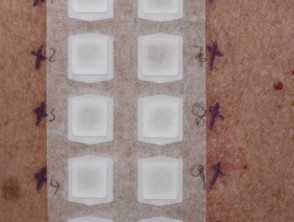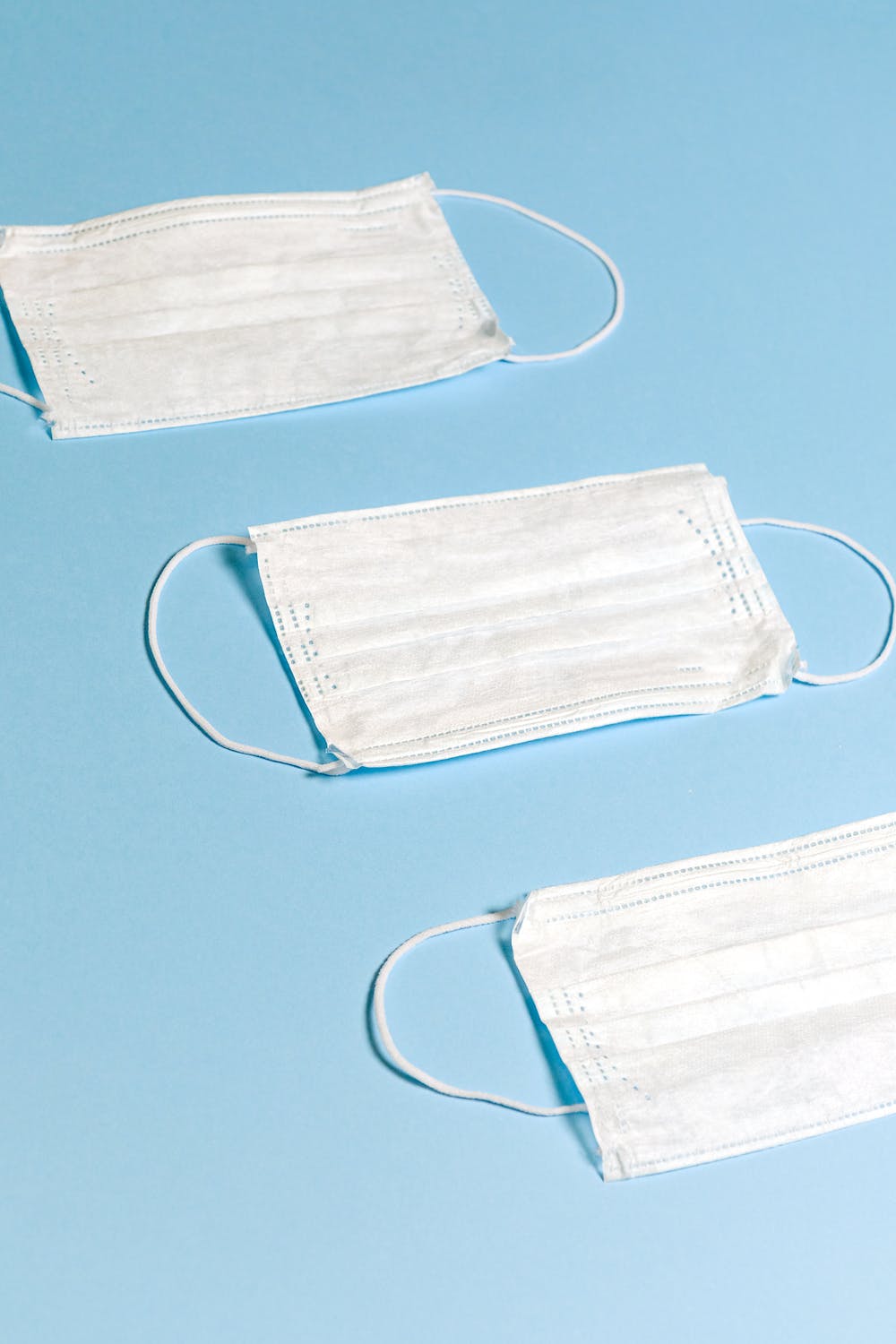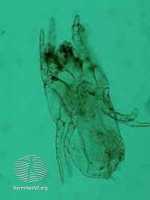Allergies, Author Interviews, OBGYNE, Pediatrics / 22.12.2020
Drinking MilK During Breast Feeding May Protect Children From Food Allergy
MedicalResearch.com Interview with:
Mia Stråvik
PhD-student | Doktorand
Department of Biology and Biological Engineering
Division of Food and Nutrition Science
Chalmers University of Technology
MedicalResearch.com: What is the background for this study?
Response: There is a need of research investigating the role of maternal diet during pregnancy and lactation on the baby’s allergy risk. Allergy is one of the most common chronic diseases of childhood, causing great suffering for the allergic child but also the entire family. Yet, the possibilities to cure and prevent this, in many cases life long, suffering are very limited. Previous research have indicated that maternal diet during pregnancy and lactation may affect the propensity of the child to develop an allergy, and diet is a factor you as a parent really can influence.
(more…)





























